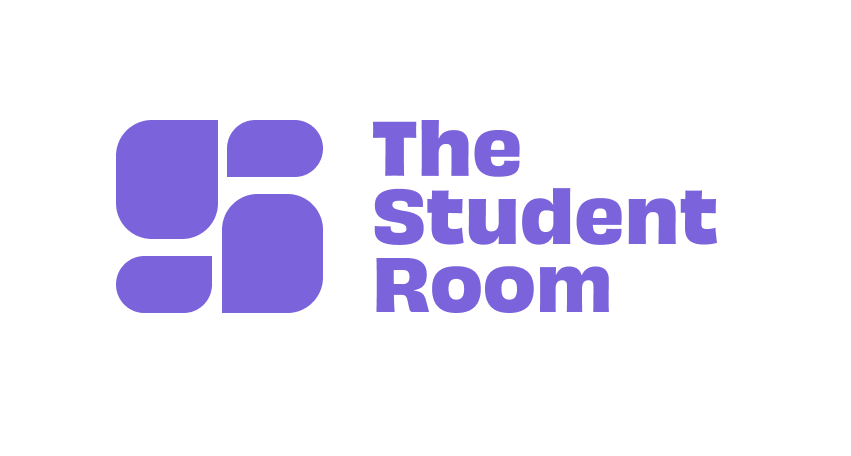We know that you are thinking about Clearing already, but understanding why this year’s students have accepted or rejected your offers will give you a powerful edge in predicting and influencing future applicant choices.
In this blog, we will cover how to access and use 2021 entry applicant insights to make strategic decisions about your upcoming student recruitment campaigns.
2021: the lockdown applicants
This cohort has faced a challenging journey – over a fifth of 2021 entry applicants we surveyed said that Covid-19 had impacted their choice of university and 14% said it impacted their choice of course.1
Not only have these students been distance learning on-and-off for a year, they have also faced uncertainty around how and when they will receive the grades they need to get into university.
“This constant uncertainty is always making me second guess every decision I make about a levels, revision, work experience in hospitals, volunteering, even university.” (NCO survey, 2021 entry respondent)
Now that the end of lockdown is in sight, (and students know they will be assessed by teachers, not algorithms) they are choosing their firm and insurance places.
How students are picking their firm and insurance choices
Last month, we polled students to find out whether or not they had submitted their firm and insurance choices. The poll received 747 responses, with around two-thirds (66%) of students saying that they hadn’t had all their offers yet and fewer than 10% saying that they had already submitted their choices through UCAS. 17% of students responded that they hadn’t made their mind up yet or wanted to do more research.
Poll: 2021 entrants
Comments from students on this thread, along with our own research, gave a clear indication why applicants select one university over another:
Emotional associations, FOMO (fear of missing out), and positive memories
Human decision-making is emotional first, rational second. This is why when we feel an emotional pull towards something, we are unlikely to be swayed by logical arguments to choose another option. These user comments really demonstrate the importance of giving visiting applicants a great experience of both your university and your local area:
“the only university I feel connected to”
“visited York again just before Xmas, and really really fell in love with it”
“beautiful and friendly”
“I think a campus university may appeal more”
“I had to choose from unis that I visited when I was a lot younger because I don’t know how any other feels in terms of space, weather, staff, lecturers and the geography of the area”
You want applicants to fall in love with the place and visualise themselves living there because it is this emotional connection which will protect your applicant retention rates and earn you the firm spots on applicant UCAS forms. You can help to paint the picture by signposting them to popular bars and restaurants, beautiful scenery, streets or buildings, and other unique or special features of your local area. Positive memories and FOMO can be powerful motivators to choose your university.
In our recent NCO research2, we found that 52% of 2022 entry respondents were worried about not being able to attend face-to-face university open days and 39% were worried about not being able to attend UCAS/HE fairs. It is hoped that students will be able to visit university open days again this year, but in the meantime, you can make the most of digital tools like video, direct online engagement, social media, and virtual tours to create that essential sense of familiarity. One international student commented that they had planned to visit UK universities, but couldn’t due to covid. Instead, they accessed resources on The Student Room to get a taste for their different options:
“I haven’t had the chance to actually visit the places as I had originally planned due to the circumstances but videos and posts here are pretty helpful and detailed too.”

Pragmatic considerations and personal preferences
We know that the course is a key factor which influences applicants’ university choices. More than a third (37%) of respondents to our NCO Clearing report3 who had entered Clearing/Adjustment in 2020 said that they did so because they had changed their minds about their original subject or university choices. The same report also identified the top factors students consider when choosing a university to apply to through Clearing as: course availability (75%), entry requirements (68%), location (61%), and career prospects (59%).3 (Multiselect answers).
These priorities are consistent with our historical research findings from 2018, which found that the top three factors considered by prospective students when choosing a university were: course content (84%), location (80%) and university ranking (76%).
In their own words, here are some of the ways that 2021 entry applicants made decisions about universities:
“I was able to immediately dismiss the course I liked least“
” I preferred having the safety net of a lower grade requirement for my insurance, particularly with the uncertainty around exactly how grades are going to be awarded this year”
“I haven’t been able to visit any [universities] so I just chose a random 4 that were near me“
It’s interesting that some students are strategically choosing universities with lower grade requirements as a direct consequence of grade uncertainty. The current Year 12s have also experienced a great deal of disruption to their learning, so perhaps conservative insurance choices might be a continuing theme in the next cycle.
It’s also worth noting that our research showed that 32% of 2022 entry applicants didn’t know whether or not Covid-19 will impact their choice of university.1
Employability and graduate career prospects
In our October NCO report on undergraduate decision-making, we found that 63% of 2021 entry respondents and 67% of 2022 entry respondents were worried about securing employment after graduating. Prior to covid-19, the figures were half that (28% and 29% respectively).4
“Aerospace engineering has more job opportunities whereas other options I was considering don’t, which now concerns me more”
Our data shows a significant spike in our careers forums, suggesting that applicants are thinking further ahead than ever when it comes to careers and employability.
Careers forums engagement (7 Feb – 8 Mar 2021 vs the same period in 2020)
- Public sector: +146% posts (4,970 posts) and +94% pageviews (528,656 pageviews)
- Career sectors and graduate employment:+56% posts (3,966 posts) and +35% pageviews (492,370 pageviews)
- Teacher training, teaching and education:+86% posts (1,479 posts) and +35% pageviews (492,370 pageviews)
- Finance and accountancy:+177% posts (1,022 posts) and +38% pageviews (146,733 pageviews)
- Investment banking and consultancy:+177% posts (1,022 posts) and +4% pageviews (184,588 pageviews)
The past twelve months have seen a sustained increase in onsite activity across subject and careers forums related to healthcare, Medicine, and mental health fields.

Analysing your own data
Your historic data offers a treasure-trove of insights about applicant decision-making. By doing a deep data dive you can directly compare and contrast trends for applicants who did and did not choose your university over a number of years to build increasingly accurate target audience profiles.
Some key factors you might want to look at include:
- Which locations do applicants come from?
- What is the split of socio-economic backgrounds?
- Which competitor universities were they considering? How do you compare? (grade offers, university setting, location, university prestige etc)
- Which courses are most popular? Which courses are seeing growth or decline in interest? How do your course offerings compare with competitors? (e.g. subject combinations, content)
- Are students choosing vocational or academic courses? Can you spot any trends?
- Are your grade offers set at the right level for your position in the market? (e.g. are you consistently losing out to competitors offering lower entry requirements)

Accessing expert analysis on applicant decision-making
Get your “Could, Should, Would?” report
Our in-house professional market researchers, TSR Insight, offer bespoke research to investigate what prevented prospective students from choosing your university. It covers:
- Why applicants you were targeting chose your competitors instead of you
- Why students applied to your university but declined your offers
- Prospective student audiences who could have applied, but didn’t
- Why you didn’t make the UCAS form shortlist – were you considered and discounted? Were you ever even on their radar?
This HE report will reveal opportunities and factors that perhaps you haven’t yet considered. Combined with your own data and insight work, you will gain a powerful, holistic view of where you are at now, and where your student numbers could be if you implement data-informed strategies.
Order your report here.
Get in touch with our team:
0800 999 3222
hello@thestudentroom.com
What to do next
Sign up to our mailing list to stay up to date with our latest student research, offers, webinars and events.
Check out our webinar “What does all this reporting mean?” 10am, Tues 13 April
Sources
1 TSR Insight’s Navigating Changing Options report: “The impact of coronavirus on 2021 and 2022 UK undergraduate decision-making”, Base 612 2021 entry students, 522 2022 entry students
2 TSR Insight’s Navigating Changing Options report: “The impact of coronavirus on 2021 and 2022 UK undergraduate decision-making”, Base 561 2022 entry students
3TSR Insight’s Navigating Changing Options Wave Three Research report (October 2020 fieldwork): “The experiences of new and continuing university students during Covid-19: Clearing and Adjustment”
4TSR Insight’s Navigating Changing Options report: “The impact of coronavirus on 2021 and 2022 UK undergraduate decision-making”, Base 585 2021 entry students and 533 2022 entry students
Google analytics, The Student Room, 7 Feb – 8 Mar 2021 vs same period in 2020
Author: Katie Hale


